In the final years of his life, Paul Klee’s productivity skyrocketed. Fearing suppression by the Nazi party, the beloved Bauhaus instructor had fled Germany and returned to his home city of Bern, Switzerland, where he struggled with an autoimmune disease and watched Europe backslide into another war. “Late Klee,” on view by appointment at David Zwirner’s London gallery through July 31, focuses on his output from this period. Abstract yet immediately striking, these late works display Klee’s continued experiments with line and his interrogations of mortality—both the world’s and his own. A selection of images from the show appears below.
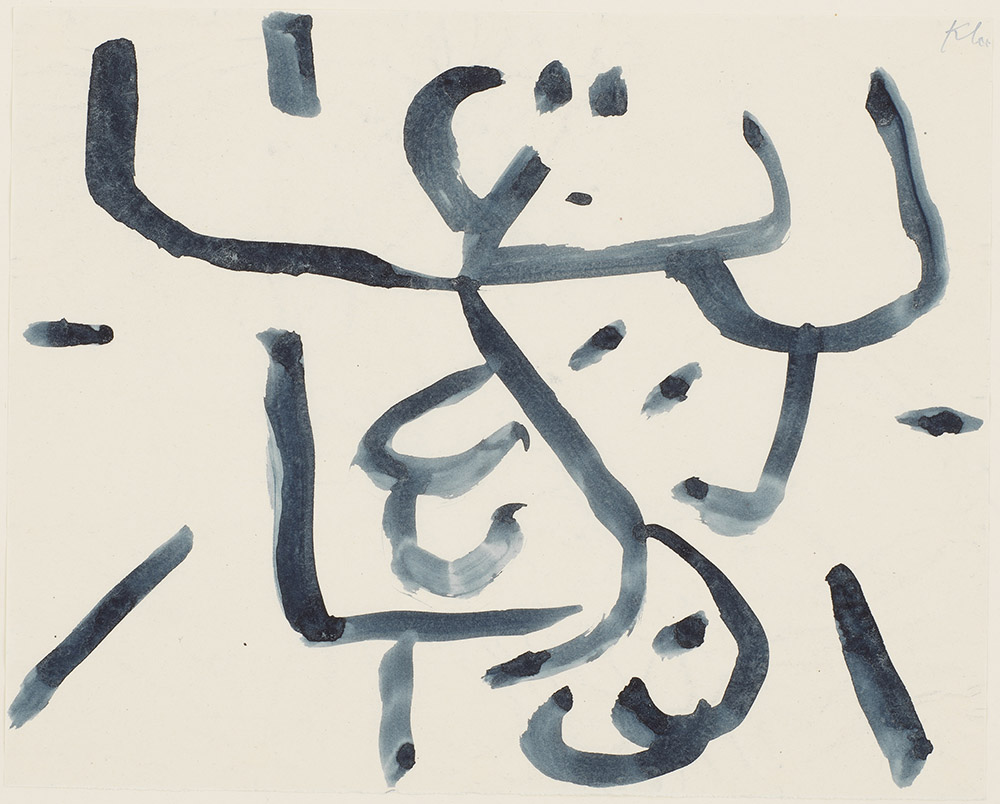
Paul Klee, pathetische Lösung (Pathetic solution) (detail), 1939. Photo: Kerry McFate. © Klee Family. Courtesy David Zwirner.
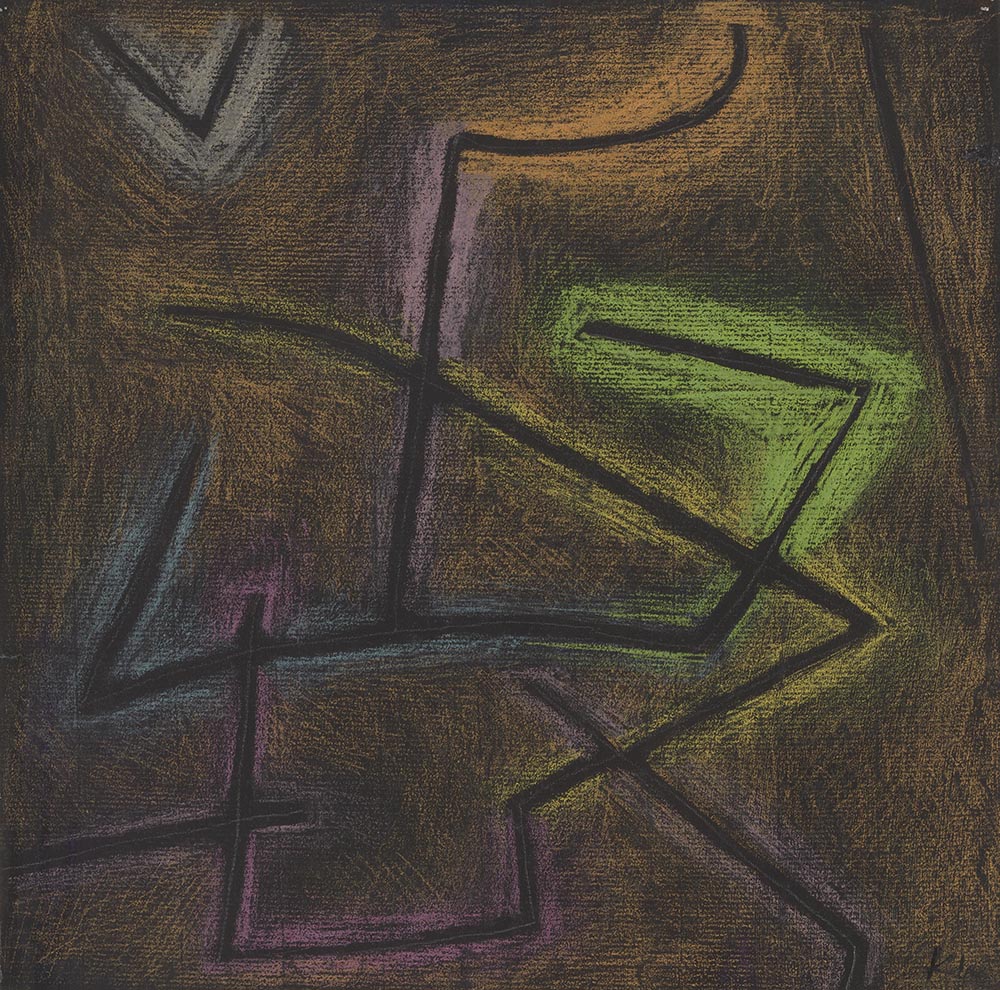
Paul Klee, Schema eines Kampfes (Diagram of a fight) (detail), 1939. Photo: Kerry McFate. © Klee Family. Courtesy David Zwirner.
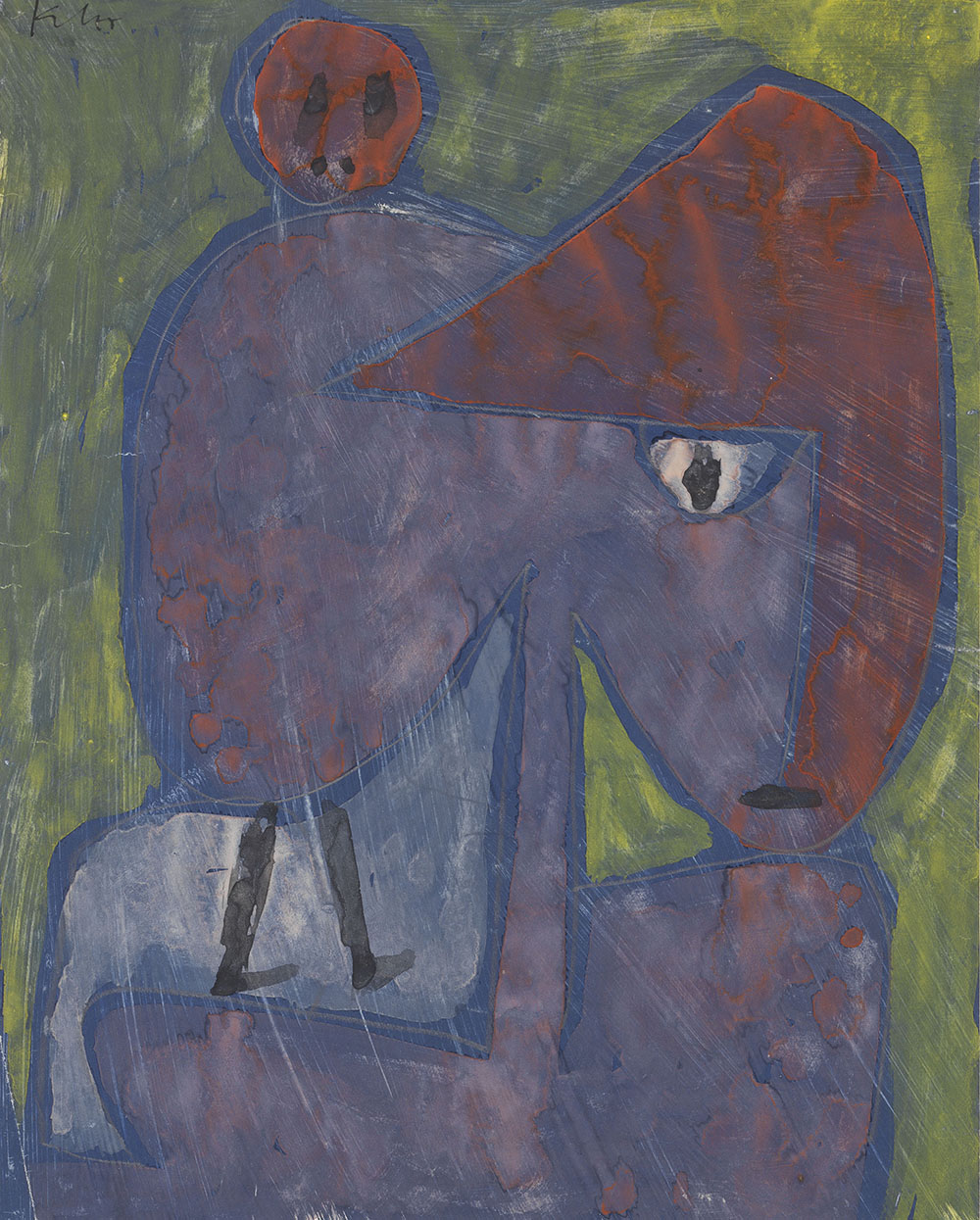
Paul Klee, Besessen (Possessed) (detail), 1939. Photo: Kerry McFate. © Klee Family. Courtesy David Zwirner.
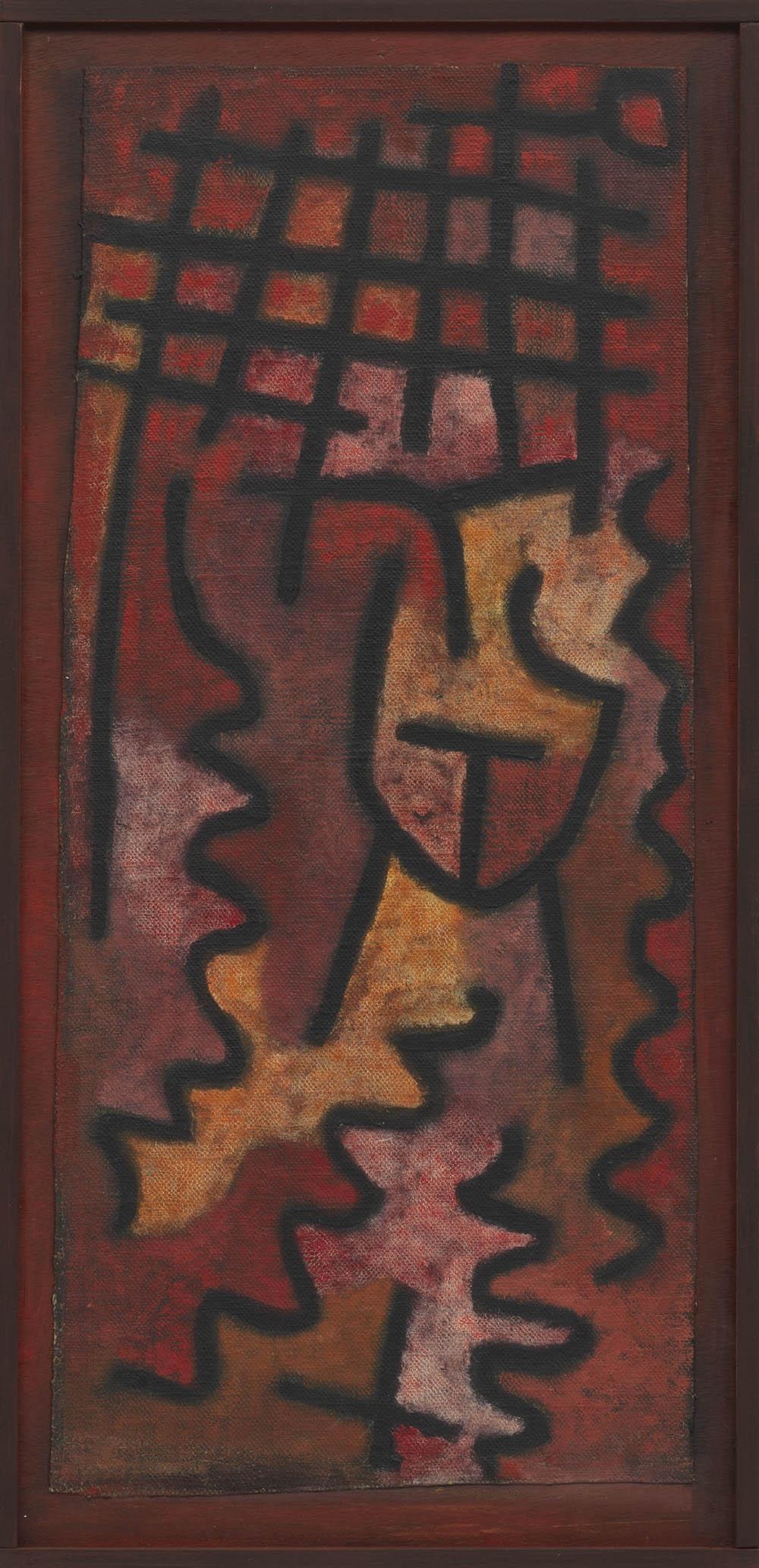
Paul Klee, Ohne Titel (Gitter und Schlangenlinien um “T”) (Untitled [Grids and wavy lines around “T”]) (detail), ca. 1939. Photo: Kerry McFate. © Klee Family. Courtesy David Zwirner.
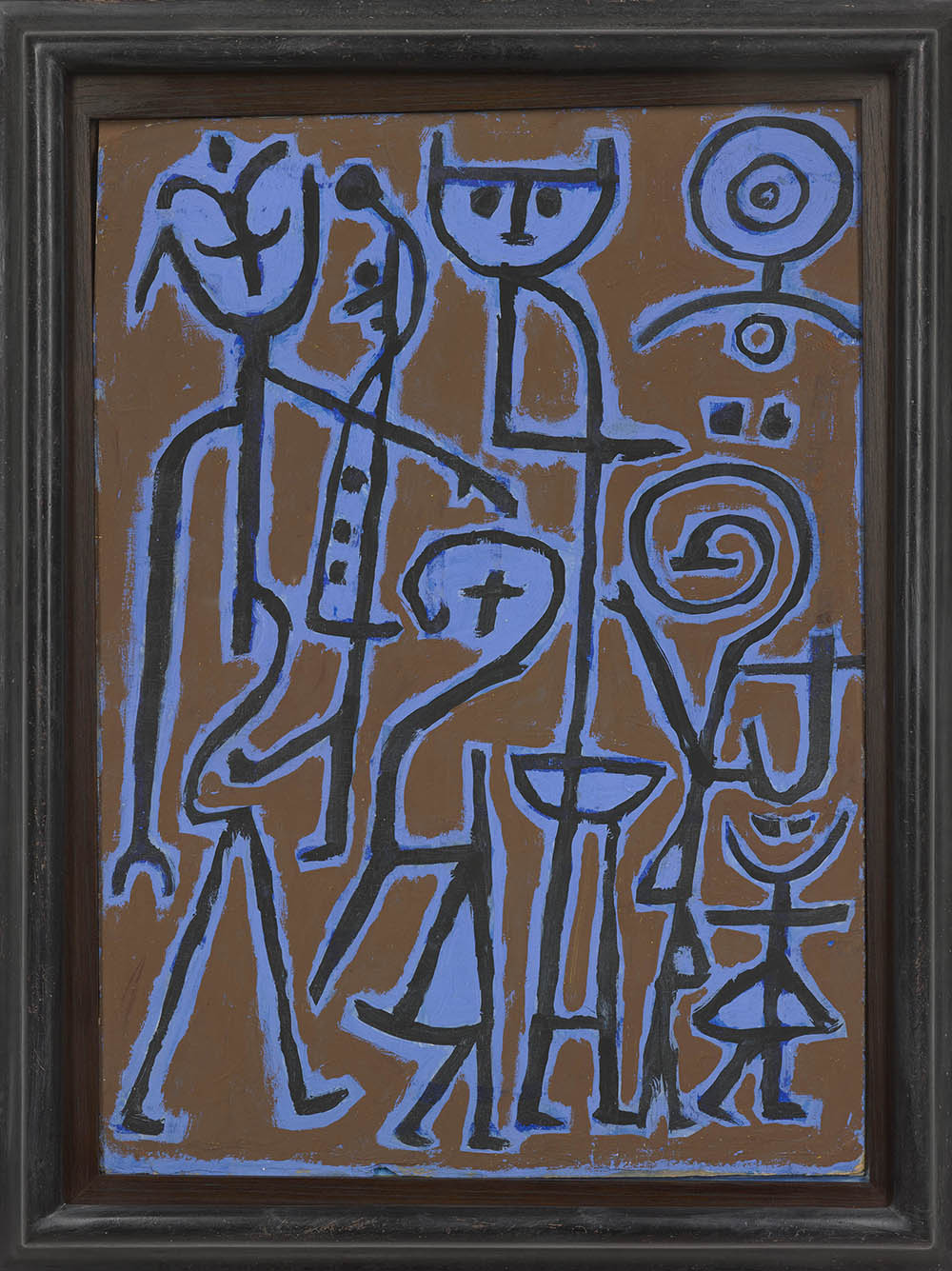
Paul Klee, Masken Im Zwielicht (Masks at twilight), 1938. Photo: Anna Arca. © Klee Family. Courtesy David Zwirner.
“Late Klee” is on view by appointment at David Zwirner’s London gallery through Friday, July 31.
from The Paris Review https://ift.tt/2Xai3ry
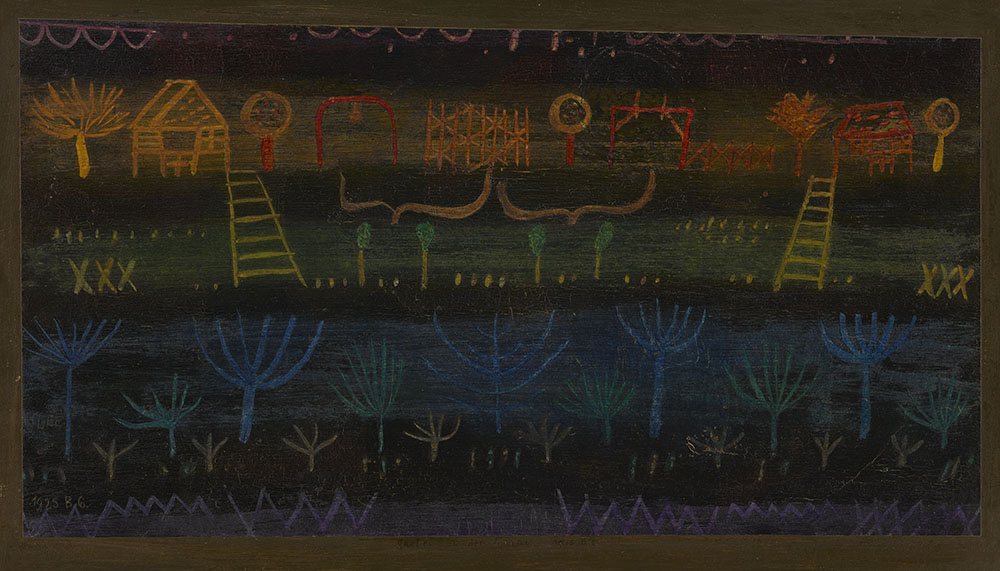
Comments
Post a Comment